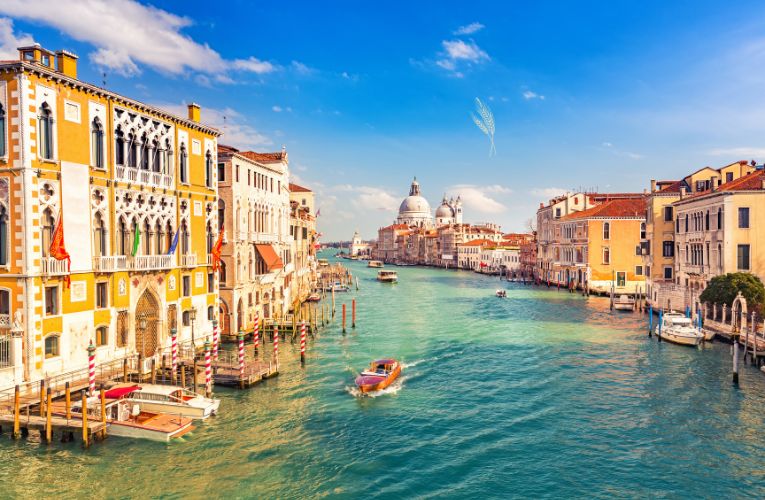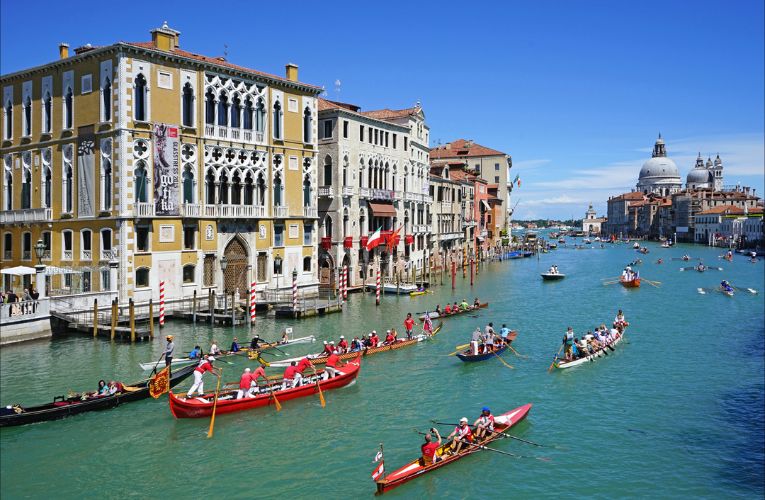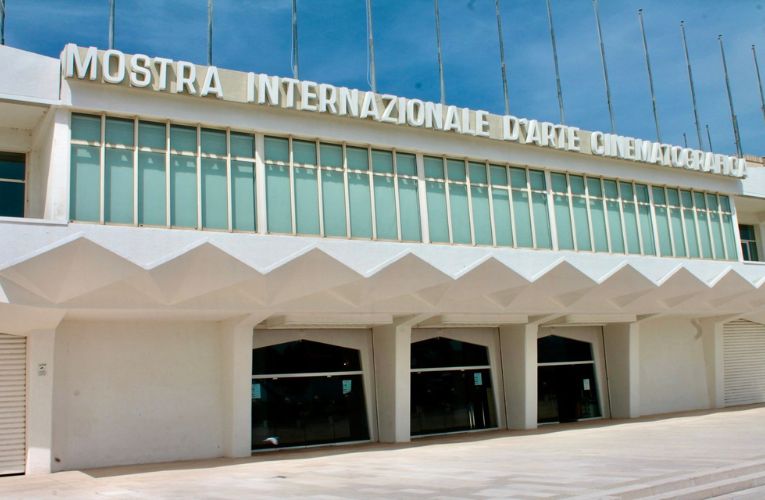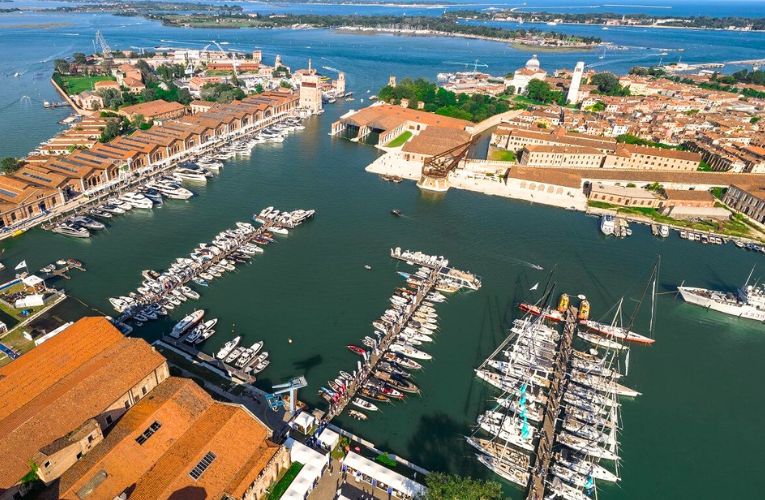
Cao de Ano and the Venetian calendar
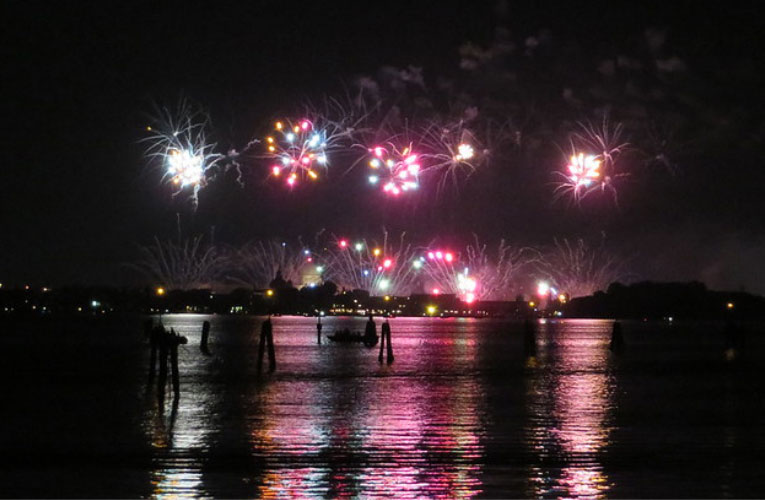
30 November 2024 - Curiosity
During the period of the Most Serene Republic of Venice, the city followed a unique calendar known as "More Veneto," abbreviated as m.v. This distinctive system established the beginning of the year on March 1st, a symbolic date for the rebirth and awakening of life after winter.
The Months of the Year
In the Venetian calendar, the months of September, October, November, and December were considered the seventh, eighth, ninth, and tenth months of the year, respectively. January and February were associated with renewal and death, and with the introduction of the Gregorian Calendar on October 4, 1582, these months were shifted to the new year. However, in the Venetian calendar, January and February remained part of the previous year. For example, January 15, 1586, in the Gregorian calendar corresponded to January 15, 1585, in the Venetian calendar.
Tradition of the Venetian New Year
The New Year, locally known as "Cao de Ano," was celebrated on March 1st, marking the beginning of spring and symbolizing rebirth. This festivity was characterized by lively celebrations in which Venetians would walk through the streets of the city banging pots and other noisy objects to greet the arrival of the spring season.
Even today, celebrating the New Year on March 1st remains a living tradition in Veneto. And if you are wondering what "More Veneto" means, the term simply indicates "in the Venetian manner."

